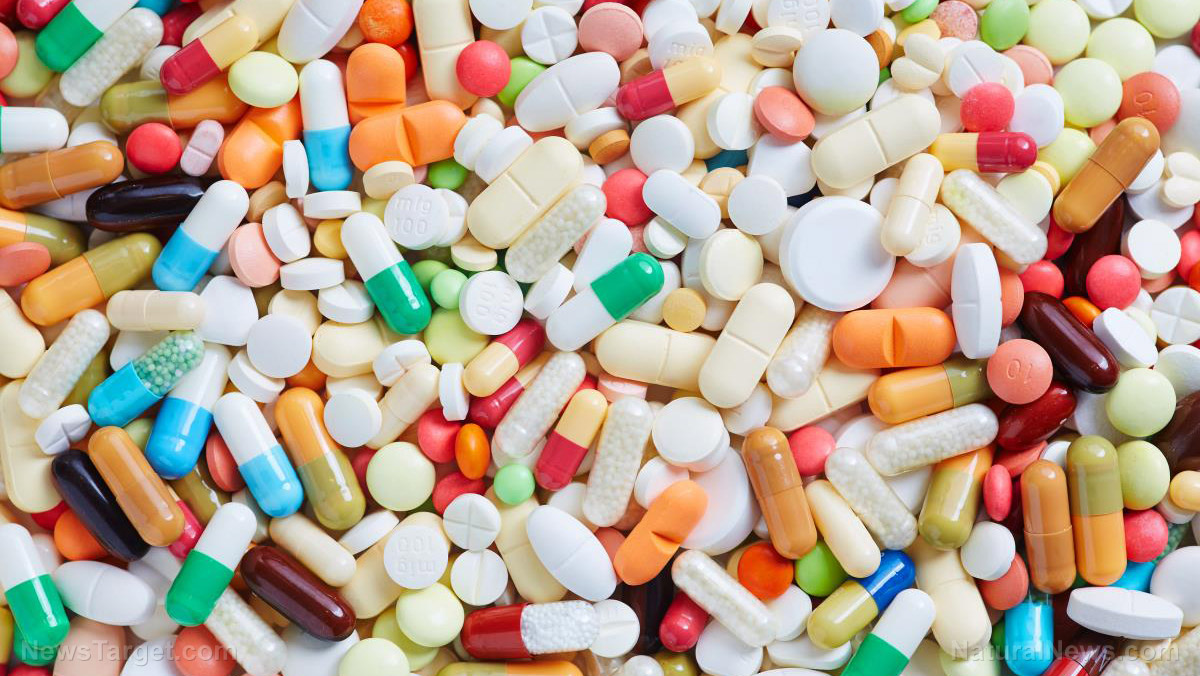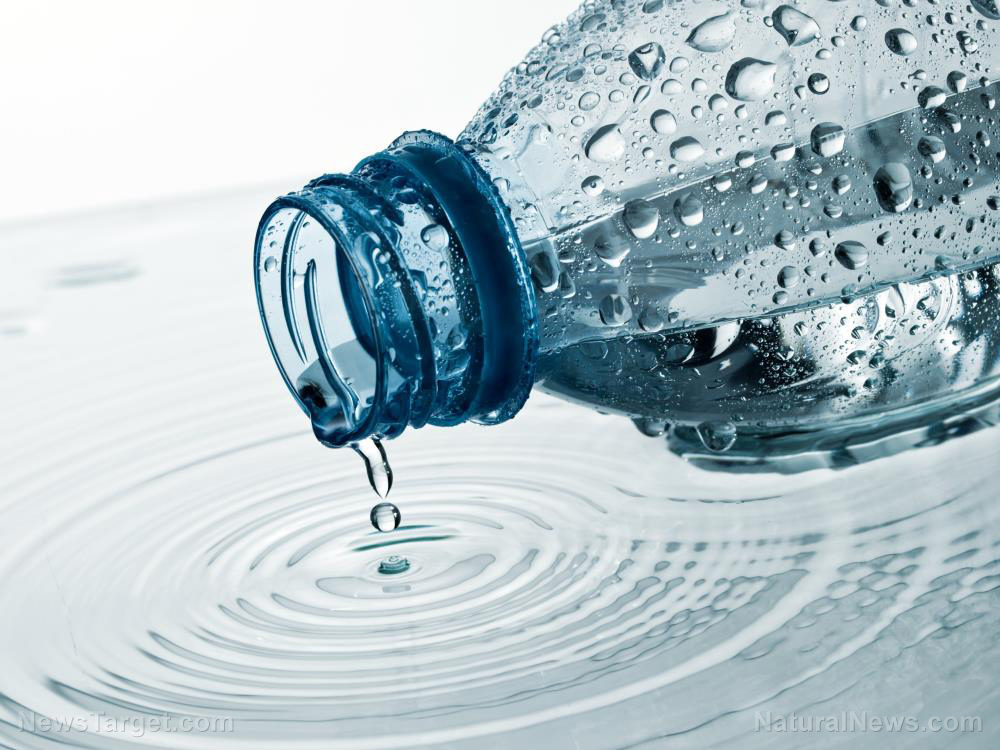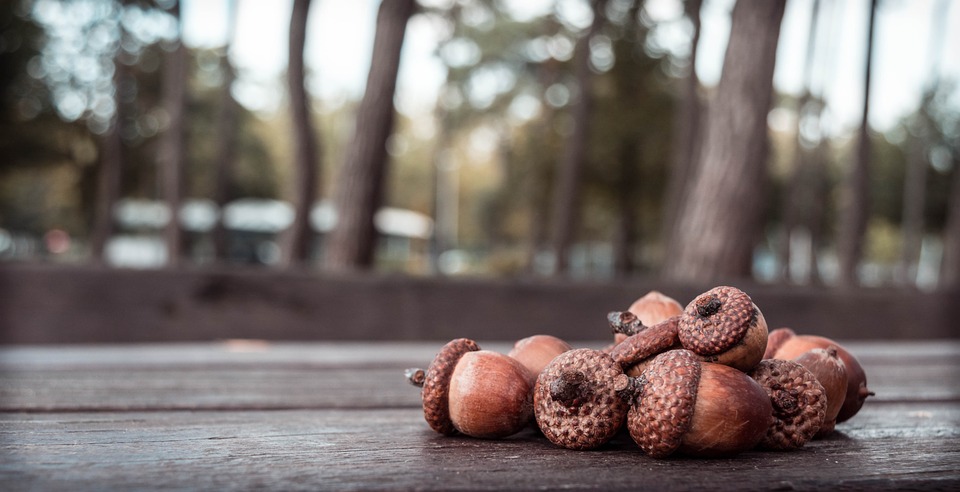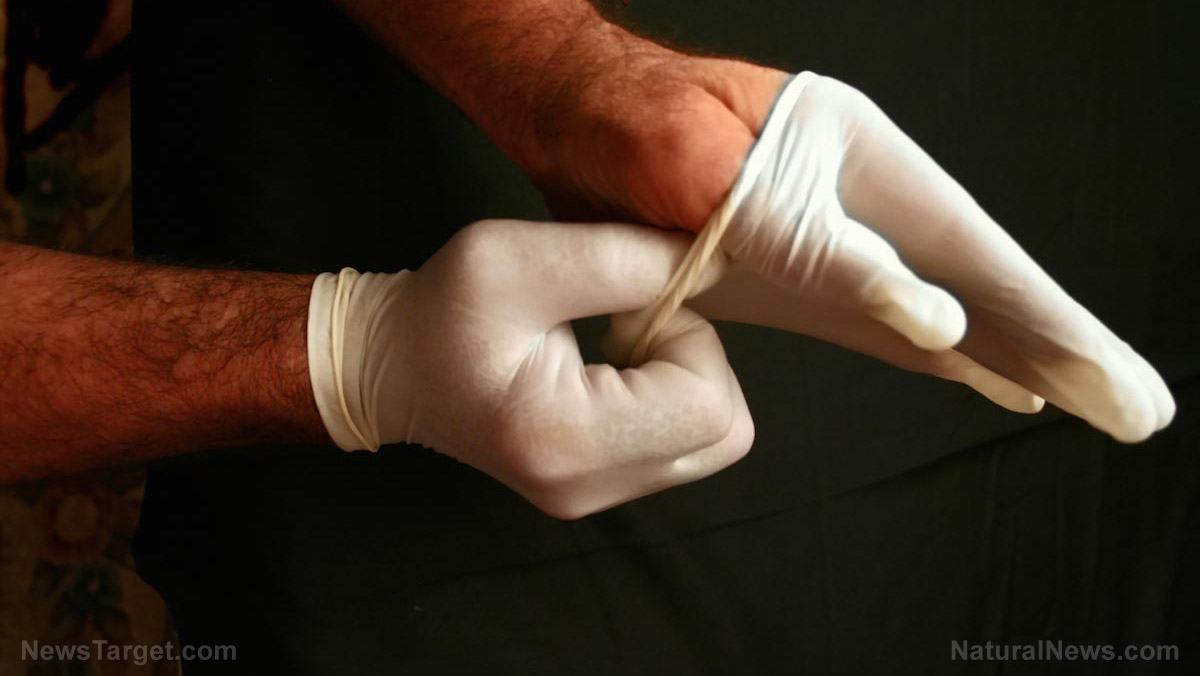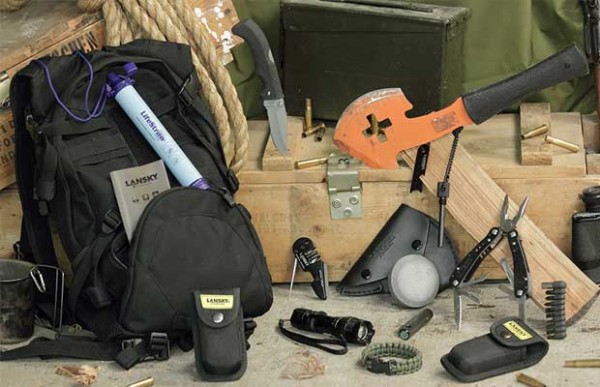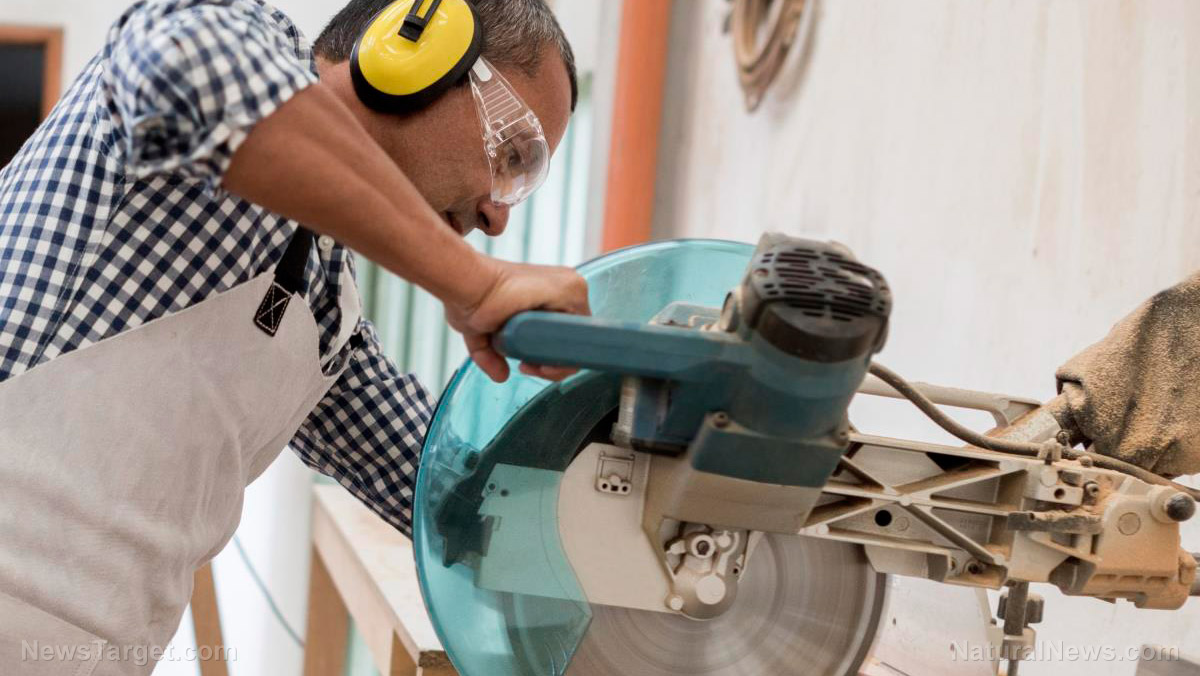5 ways to wash your hands when running water is unavailable
09/01/2019 / By Zoey Sky

Before SHTF, you need to consider one important aspect of hygiene and sanitation: hand washing. But how can you wash your hands if you run out of water? (h/t to PrimalSurvivor.net)
The simple act of hand washing is essential for preventing the spread of diseases and infections, especially during a large-scale natural disaster that may cut off your access to water.
Germs like Salmonella, E. coli O157, and norovirus that cause diarrhea can spread respiratory infections and hand, foot, and mouth disease. These germs come from human and animal feces.
Germs can also get transferred to your hands after you use the toilet or after handling raw meats, which have invisible amounts of animal feces on them. When these germs get onto your hands, they can be passed from person to person and spread illness.
When SHTF, you’ll need clean drinking water. You’ll also need water for various tasks, like food prep, bathing, and flushing the toilet. Conserve your water supply by using these five hand washing methods that don’t require water or at least use less water than regular hand washing.
Hand sanitizer
If you don’t have access to running water, use a hand sanitizer to keep your hands clean. A hand sanitizer can kill bacteria, viruses, and other germs on your hands.
Take note that a hand sanitizer is best used as a temporary alternative to hand washing, and you need to use an alcohol-based hand sanitizer with at least a 60 percent concentration of alcohol to effectively kill germs. A hand sanitizer can’t remove chemicals, heavy metals, or other dangerous substances from your hands. (Related: Staying healthy after SHTF: Best hygiene practices.)
Plastic bottle “faucets”
This method is ideal for outdoor settings, but it is best used with two people.
Take a normal plastic water bottle then slightly unscrew the cap to let a small trickle of water pour out when the bottle is turned upside down. The other person has to hold the bottle while you wash your hands underneath the flowing water.
If you’re alone, attach the bottle to a pole so you can wash your hands.
“Tippy tap”
A tippy tap is similar to the plastic bottle method, but the former is designed to be operated by one person. You can also control the water flow of a tippy tap.
Steps:
- Poke a hole in the cap of a plastic bottle.
- Hang the bottle over a horizontal pole or branch. Use string to tie the top and bottom of the bottle to the pole.
- Wash your hands by pulling the bottle downwards to make the water flow.
- Place a bucket below the bottle to prevent puddles from forming. The gray water can be reused to flush toilets.
Two-bucket sinks
This method is best for a larger group of people.
A two-bucket sink is made from two buckets and a valve that releases the water. The top bucket contains clean water for hand washing and the lower bucket collects the gray water.
Materials:
- Rope
- Rubber glove
- Drill
- Bits (1-inch, ¼-inch, and 1/16-inch)
- Scissors
- Teflon tape
- Two plastic buckets (five- or six-gallons, one with a handle)
- Lid (for at least one of the buckets)
- 1″ PVC threaded adapter
- 1″ threaded PVC end cap
- Rubber gasket (1″ inner diameter)
- A 1″ bouncy ball
- ¼” x 6″ brass toilet float rod
- ¼” vinyl rod cap
Steps:
- Drill a 1-inch hole in the middle of the bottom of one bucket. Do this slowly so the bucket doesn’t crack.
- Use the 1/16″ bit to carefully drill eight small holes around the outer ring of the PVC end cap.
- Drill a hole in the center of the PVC end cap using the ¼” bit.
- Drill a ¼” hole through the center of the bouncy ball, then screw the toilet float rod into the bouncy ball.
- Wrap some Teflon tape around the 1″ PVC adapter.
- Stick the rubber gasket around the PVC threaded adapter.
- Screw the adapter through the hole in one bucket.
- Tightly screw the end cap onto the part of the adapter coming out of the bucket.
- Cut the index finger off of a disposal glove, then put this part of the glove over the top of the PVC threaded adapter. Leave an opening around the rod.
- Put the bouncy ball that has the float valve attached through the PVC threaded adapter.
- Attach the vinyl rod cap onto the end of the toilet float rod.
- Push the float rod to make the bouncy ball lift off the hole, allowing water to come through.
A full five-gallon bucket will weigh at least 45 pounds (lbs). Hang it on something that will fully support its weight. Place the other bucket below the first bucket to catch the gray water.
Portable camping sinks
Different models of portable camping sinks operate based on similar principles.
- A tank, usually kept on the ground, holds clean water.
- Stepping on a pump at the base of the sink makes clean water flow from the faucet.
- The dirty water exits through a drain hose, which can be collected in a separate container then reused.
Portable camping sinks are easy to use, but you can’t control the water flow. Most models pour about half-a-cup to one cup of water with a single pump. The sinks have faucet handles, but they only work if you connect the sink to a garden hose. If you don’t have a huge supply of clean water, use the other methods detailed here instead of a portable camping sink.
Before SHTF, acquire the tools for a hand washing method that suits your needs to conserve your water supply.
Sources include:
Tagged Under: bacteria, bug out, cleanliness, emergencies, germs, grid down, hand sanitizer, hand washing, hand washing methods, homesteading, how-to, hygiene, infections, off grid, Off Grid living, outdoors, plastic bottle faucets, plastic bottles, portable camping sink, portable camping sinks, preparedness, prepper, prepping, prevention, sanitation, SHTF, survival, survival skills, tippy tap, two-bucket sink, two-bucket sinks, viruses, water
RECENT NEWS & ARTICLES
Homesteading.News is a fact-based public education website published by Homesteading News Features, LLC.
All content copyright © 2018 by Homesteading News Features, LLC.
Contact Us with Tips or Corrections
All trademarks, registered trademarks and servicemarks mentioned on this site are the property of their respective owners.

